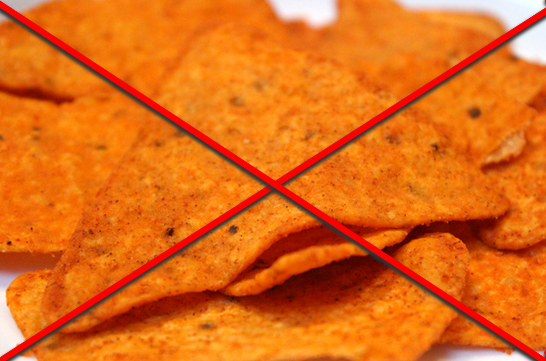Legal Limits of the Legislation
The USDA replaces parents in managing the health of students in schools.

New to public schools across the nation, the food in cafeterias and vending machines has to match the standards given by the United States Department of Agriculture (USDA). The USDA passed a new set of laws regulating the amount of sugar, carbohydrate, and sodium levels in foods sold to students, and replacing many foods with whole-grain versions. Their intention is to enforce a healthy lifestyle and diet into students’ everyday lives.
According to Mr. Pat Watson, Principal of West Bloomfield High School (WBHS) and parent, the new lunch menu and offerings are frustrating to many students. Parents and guardians feel that they should be able to decide what their children can and cannot eat. Watson says, “I’ve got three kids at home. I have a senior in high school, a sophomore and a sixth-grader. As a parent, the government can’t tell me what they can and can’t eat.” Some students express outrage as well. Hope Hall, a freshman at WBHS, says, “I don’t think that we should be getting rid of sweets or anything during lunches because I think if someone does feel like they want something sweet, they should be [able] to go up there and buy whatever they want. Taking that away isn’t really giving us a choice of what we can do with our money.”
Although many people are upset about the new legislation, some people support and welcome the new ideas. Some students believe that healthy lunches are a good thing to enforce. Robert Sylvester, freshman at WBHS, says, “I like how you can make your own sub, and put whatever you want on them. I think that the school lunches are relatively healthy because there are lots of vegetables that you can buy.” It all depends on choice. If students would like to have a healthy meal, there are many options. According to Caroline Smith, Director of Food and Nutrition for West Bloomfield schools, “If you make the right choices, you can have a lunch with foods from all five food groups,” (the five groups are meats, grains, vegetables, fruits, and milk). Also, all students who get free or reduced lunches from school cafeterias are required to take a fruit. Unfortunately, according to Watson, these fruits are often ending up in garbage cans, but school administrators are looking for ways to fix this problem.
In previous years, our school district was able to serve foods non-whole grain foods that are now considered unhealthy because of their high sugar, sodium, and and carbohydrate content. According to Watson, “We can’t have candy bars, SwirlberryTM yogurt, certain icecreams, chocolate chip cookies, pizza, and other deep fried foods. In place of that, you can have a whole-wheat pop tart, you can have rice krispies but they have to be whole-grain.” This also impacts fundraising for activities and clubs, as in previous years activities and clubs were allowed to sell candy in order to raise funds. Now, activities and clubs are forced to sell healthier, whole-grain snacks which adhere to the Healthy Hunger-Free Kids Act of 2010 regulations, such as granola bars or whole-grain pop-tarts. Soda, and other snack and drinks with high sugar, sodium and carbohydrate contents are not sold in our vending machines during school anymore. They are replaced by water, low sugar snacks such as veggie chips, popcorn, and granola bars.
Starting this year, the West Bloomfield School District is serving foods prepared by individuals employed by the private company Aramark. Interested in learning more about what can be served to students during school hours? Click on the links below! What are your thoughts on the new legislation and how it affects you? Leave a comment and let us know.
www.fns.usda.gov/cnd/Governance/Legislation
Your donation will support the student journalists of West Bloomfield High School. Your contribution will allow us to purchase equipment and cover our annual website hosting costs.
Avani Samandur is a junior who enjoys writing and expressing her opinions on pressing issues of the world. She believes that everyone should be informed...












Noah Maike • Oct 23, 2014 at 1:13 pm
Very informative. Great article, Very fun to read!
Noah Maike • Oct 23, 2014 at 1:12 pm
Great informative article. Very fun to read!
Jianella Macalino • Oct 20, 2014 at 6:06 pm
It’s good to see both sides of the argument here, especially since all I’ve really heard so far are negative responses to the new changes. I still think students should have the choice to eat what they want.